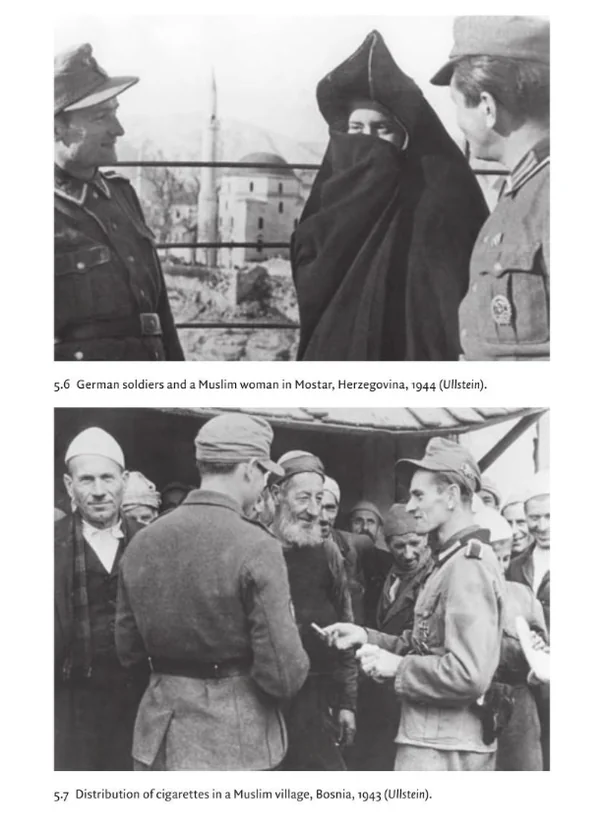
The conversion of Bosnians to Islam during the Ottoman Empire is a topic that has generated considerable debate among historians. This examination seeks to explore the historical context of Islam’s spread in Bosnia and Herzegovina, the motivations behind conversion, and whether coercion played a significant role in this process.
Historical Context: The Ottoman Conquest of Bosnia
Islam was introduced to Bosnia and Herzegovina following the Ottoman conquest in the mid-15th century. The Ottomans began their military campaigns in the region around 1463, and by the end of the 15th century, they had established control over much of Bosnia.
Unlike many other regions conquered by the Ottomans, the process of conversion to Islam in Bosnia was gradual and complex, taking over a century for Muslims to become a majority.
- Were Africans Forced to Convert to Islam? A Historical Examination
- Were Turks Forced to Convert to Islam? A Historical Examination
Reasons for Conversion
- Economic Incentives: One of the primary reasons for conversion among Bosnians was economic opportunity. Prosperous cities like Sarajevo and Mostar were predominantly Muslim, and leading a full civic life often required conversion to Islam. Muslims enjoyed various privileges, including tax exemptions and better access to trade and administrative positions.
- Political Factors: The political landscape significantly influenced conversion rates. As local Bosnian nobility converted to Islam, they often encouraged their subjects to follow suit, creating a ripple effect within their communities. This alignment with the ruling powers allowed converts to maintain or enhance their social status.
- Weakness of Christianity: The religious landscape in Bosnia before the Ottoman arrival was characterized by competition among various Christian sects, including Catholicism and Orthodox Christianity. The lack of a strong, unified church made it easier for many Bosnians to adopt Islam without feeling they were abandoning a deeply rooted faith.
- Cultural Exchange: The syncretic nature of Bosnian culture allowed for a blending of Islamic practices with local traditions. Many Bosnians adopted Islamic customs while retaining elements of their pre-Islamic heritage, making conversion more palatable.
- Were Persians Forced to Convert to Islam? A Historical Examination
- Were Albanians Forced to Convert to Islam? A Historical Examination
Conflicting Narratives: Coercion vs. Voluntary Conversion
The narrative surrounding Bosnian conversion to Islam is not uniform; it varies significantly across different regions and historical contexts:
- Voluntary Conversion: Many historians argue that most conversions occurred voluntarily due to economic and social incentives rather than through coercion. The gradual nature of this process suggests that many Bosnians embraced Islam willingly as they recognized its benefits.
- Instances of Coercion: While voluntary conversion was predominant, there were instances where coercive measures were employed, particularly during military campaigns or periods of conflict. Some accounts indicate that certain groups faced pressure to convert during jihadist movements or military actions.
- Cultural Resistance: In some areas, traditional beliefs remained resilient against Islamic influences. Even as Islam spread, many communities retained their indigenous practices or blended them with Islamic teachings, demonstrating a complex relationship between faiths rather than outright abandonment of one for another.
The Role of Rulers and Elites
The role of Bosnian rulers in promoting Islam cannot be overstated. Many leaders actively encouraged conversion among their subjects as a means of consolidating power:
- Support for Islamic Institutions: Rulers established mosques and Islamic schools while appointing Muslim officials to govern according to Islamic principles. This institutional support facilitated the spread of Islam within their territories.
- Pilgrimages and Cultural Exchange: Prominent Muslim rulers often undertook pilgrimages to Mecca (Hajj), which not only reinforced their faith but also enhanced their prestige among both Muslim and non-Muslim populations back home.
Conclusion
In conclusion, while there were instances where coercion played a role in the conversion of Bosnians to Islam—particularly during military campaigns—the overall process was largely characterized by voluntary acceptance driven by economic incentives, political advantages, and cultural exchanges.
The gradual nature of this transformation reflects a complex interplay between adopting a new faith and maintaining cultural identity.
Understanding this historical context is crucial for appreciating contemporary Bosnian society’s diverse religious landscape today. As Bosnia continues to navigate its unique position in Europe, the legacy of its historical conversions remains relevant in discussions about national identity and cultural heritage.







